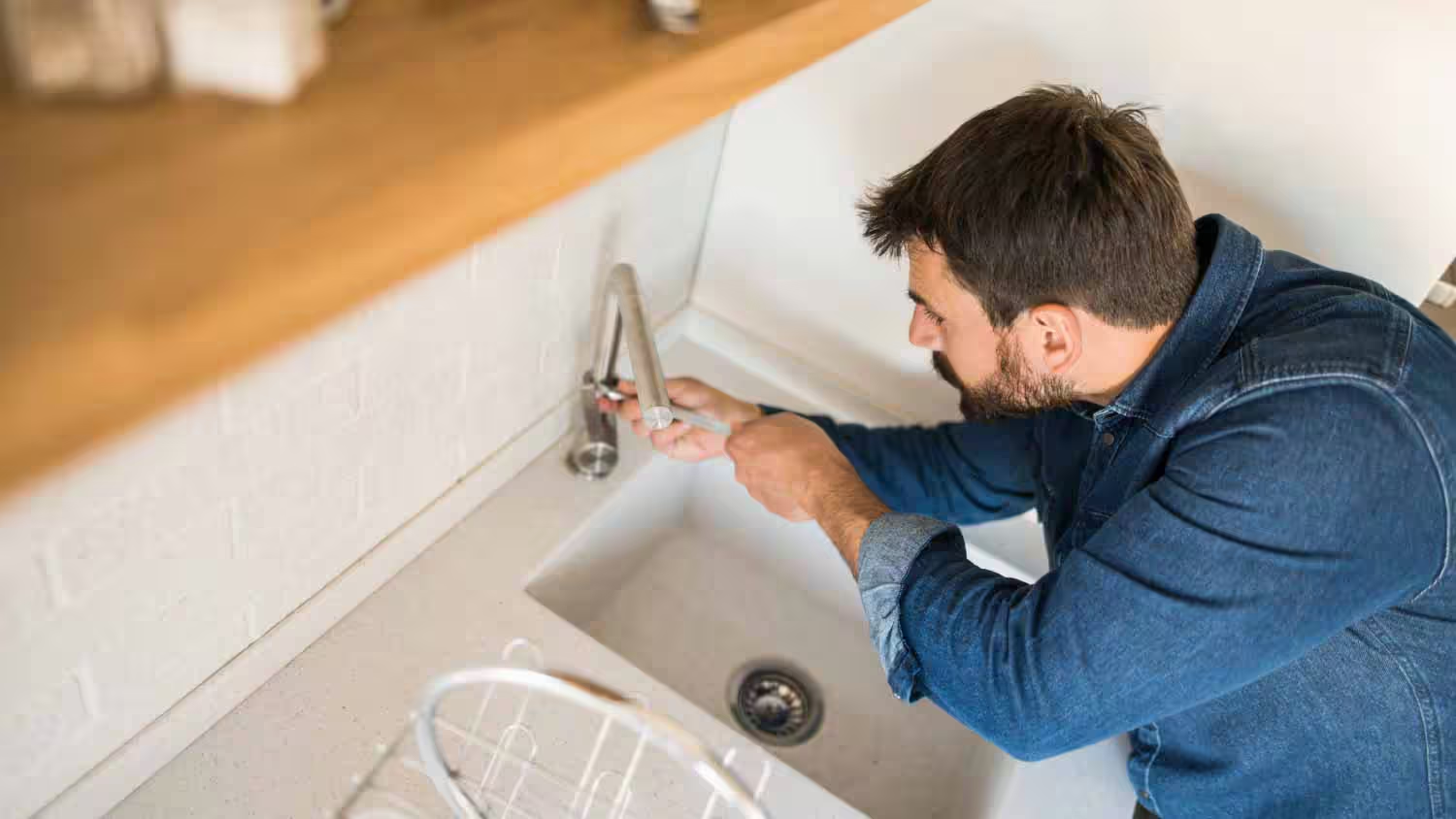Plumbing issues are an all too familiar occurrence in homes and buildings alike, often easily identifiable and straightforwardly remedied without professional intervention. While some issues can be solved on their own, others require professional help to restore service.
Whenever your break room sink is draining slowly or that dripping sound drives you bonkers, it may be time to call a plumber – but knowing how to address common issues may save both money and time! Knowing how to troubleshoot common issues could potentially help save both.
Leaky Pipes
Leaky pipes can be an early indicator of more serious issues, and should be addressed immediately in order to minimize potential damage and save yourself from further financial costs. Even small leaks can create dampness and mould growth that leads to structural issues as well as higher water bills.
Leakage occurs most frequently as a result of age or improper installation, making waste disposal important and scheduling regular professional plumbing maintenance visits as preventative measures.
First step to dealing with any leak is switching off your water source; typically this means opening or turning off the main valve at your house or business, which should be close to the water meter. Next, place a bucket or container under the leak to collect any dripping water and reduce damage; finally use repair products designed specifically for drinking water pipes as per manufacturer guidelines.
Clogged Drains
Clogged drains inside or outside the house are one of the biggest headaches a homeowner can encounter, leading to slow moving drains and unpleasant odors. Being aware of what causes clogs can help to protect against them in future instances.
Grease, fats and oils are often the cause of kitchen sink drain clogs; however they can affect any drain in the home. As these liquids cool they adhere to pipe walls creating a sticky residue which allows other debris to adhere easily.
Pouring a mixture of baking soda and white vinegar down your drain can quickly dissolve soap scum and oil residue, and using a power auger with foot-pedal switch can also help clear clogs effectively – just follow manufacturer’s directions when operating this equipment!
Water Heater Issues
Modern plumbing makes life simpler by providing clean water on demand, but that doesn’t mean it is immune from issues. Some problems have easy solutions available for DIY users while other issues require professional assistance from licensed plumbers.
Most plumbing issues revolve around pipes, with leaky ones being the most frequently experienced issues. Though initially this might seem harmless, leaking pipes can quickly add up over time leading to increased water bills and property damage as well as leaving an awful smell that attracts rodents into your home.
Low water pressure is another common plumbing issue, affecting both new and old homes alike. It may be caused by a defective thermostat or accumulation of sediment in the tank – either way it’s important to contact a plumber to inspect and remedy any potential issues.
Low Water Pressure
If the water pressure in your house is low, this could be a telltale sign of trouble with the plumbing system. Clogs or too little pressure for appliances or fixtures to work may be at fault; for best results it’s wise to have an expert come take a look and assess where any problems exist; in case any have deteriorated they must be replaced immediately.
First step to fixing low water pressure: identify its scope. Knowing whether this affects just one fixture or all can provide key insight into its source and whether an easy fix or more serious issue exists.
As well as monitoring water pressure changes over time, it’s also helpful to determine whether they have decreased gradually or suddenly. A gradual drop could indicate your pipes have slowly degraded while sudden decreases may indicate a broken pressure regulator.


